PREPRESS
The structures and the information technology of Elcograf are able to provide customers with a full service prepress:
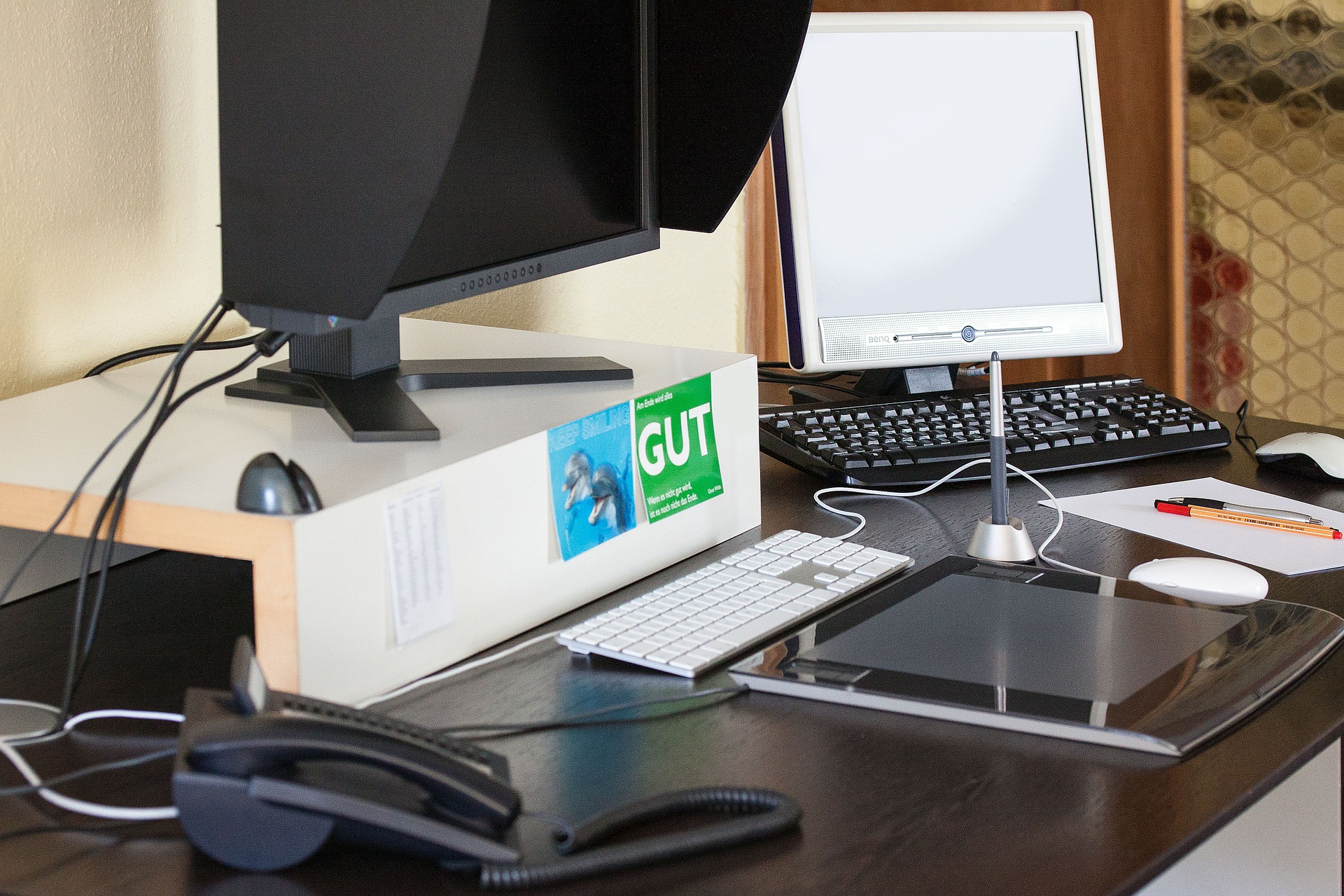
The structures and the information technology of Elcograf are able to provide customers with a full service prepress:

Printing equipment consists of offset presses, sheet and web, gravure, Cameron and Timson technology. Machines print on a continuous cycle, at an average of 80% of production capacity and 10% of the total export of Italian printed products.
The 2 HP 490 digital lines have been designed for printing of small, medium and high quantities thanks to their versatility and print speed. The fold, the composition of the book and the paperback in line allow to have the books bound in a single solution. The machines are designed to communicate with each other, to allow sequential and seamless runs thanks to the high technology of the equipment. The print quality is raised to 1200 p / inch and can reach 2400 p / inch with adjustable black density depending on the paper support. We can make all types of books, normal paperbacks, paperbacks with flaps, book block for hardbacks.
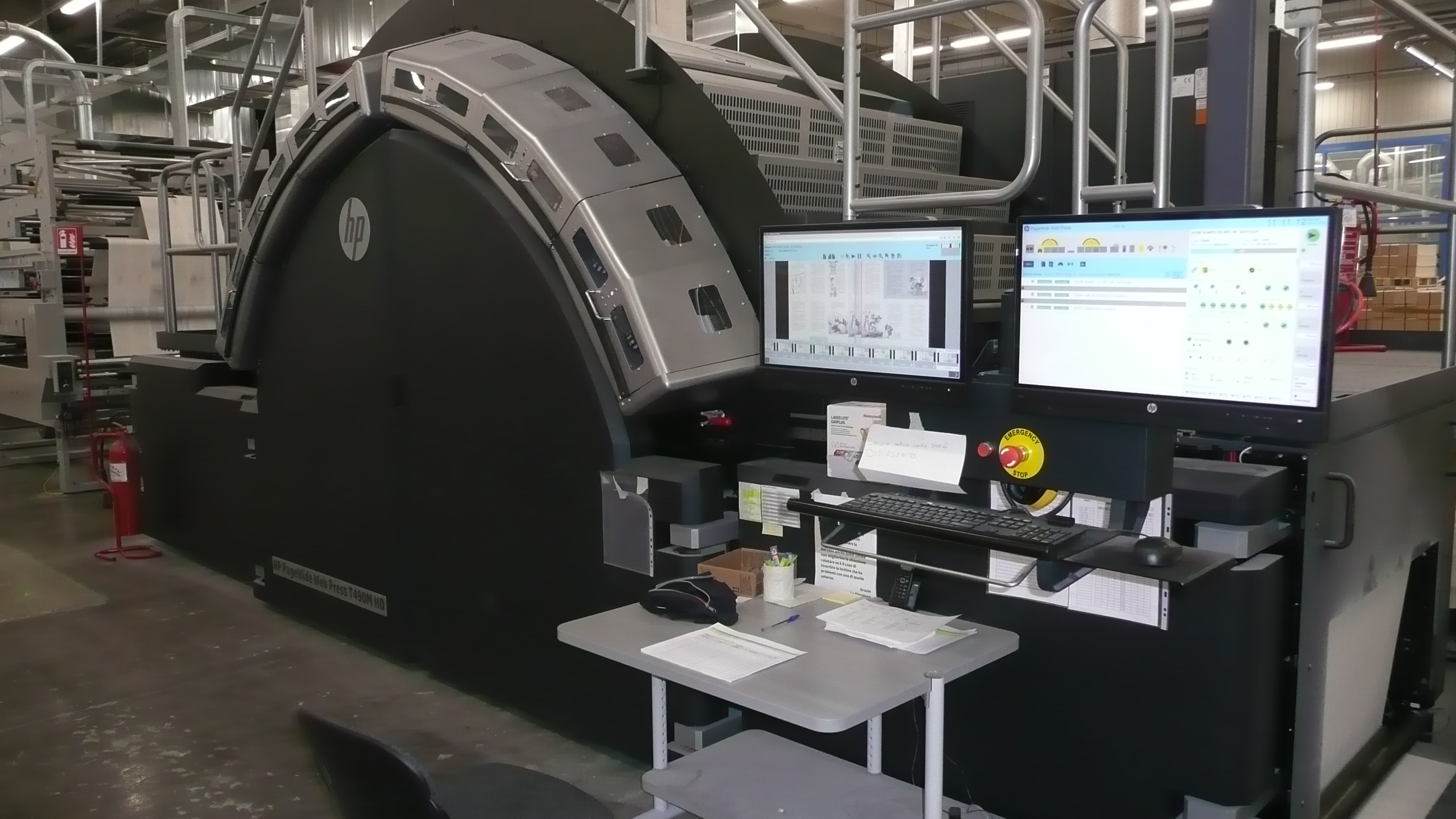
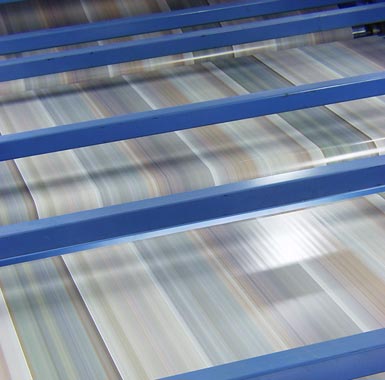
Timson technology is a web printing press that allows the production of black and white pubblications in various formats and number of pages. From a technological point of view, printing forms are entirely similar to standard offset printing plates, but the end-product - as for the Cameron process - is a black and white paperback book with a hard or soft cover. This system ensures good printing quality even with screened illustrations (as low screen as 50 lines/cm2). Printing speed is very high at around 20.700 revs/hour.
In the 'Cameron Book System' printing and finishing are performed on a single, integrated line (from the reel of paper through to the finished product) for flexicover booklets and bookwork, with the possibility of a huge variety of pagination, formats and print-runs. This is the only system capable of integrating printing and finishing stages. Printing takes place directly from the dies to the belt using dense inks. Cameron technology can produce books with various formats (page heights of 153 - 254 mm and 120 - 1200 pages) at high speeds (up to 100 metres/minute). Reprints are much easier than with traditional system, while the ideal run is 10.000 - 15.000 copies.


This printing process uses the principle of planographic printing. The printing section of the press consists of metal plates wrapped around the cylinders using dense ink. 'Offset' is an English term defining 'no-contact' printing: indeed the printing plate is not in contact with the paper, but with a sheet of rubber known as 'blanket'. A Sheet-fed offset printing is performed using flat sheet presses: they are very versatile and used to produce hight-quality matter such as catalogues and illustrated books. Production capacity: 1.000 - 100.000 copies.
August/September 2018: we have installed the new sheet-fed offset machines with LED-UV technology. This new cutting-edge technology enables to achieve a higher level of quality results.
Rotary reel-fed presses simultaneously print both sides of the paper and also integrate cutting and folding processes. Web offset presses are used to print specific types of product, such as brochures with 8 to 64 and more pages and high print-run.
Production capacity: 20.000 - 1.000.000
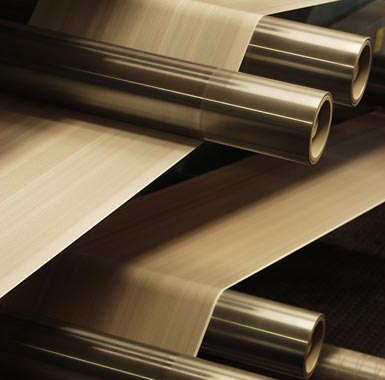
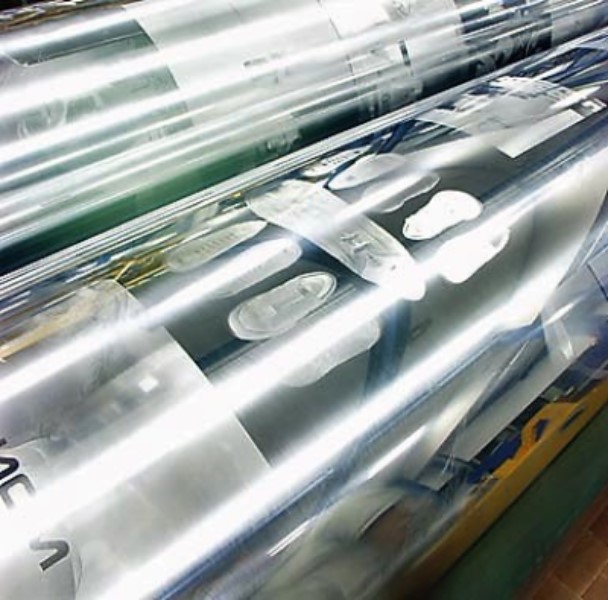
In this printing process, the parts to be printed are 'engraved' into cylinders in copper and/or chrome-finish steel and the printing takes place directly from the cylinder on to the stock. Gravure gives a true halftone effect: the darker areas of the image actually carry more ink as they are printed from the deeper cells. Also, images printed by gravure have greater contrast between light and dark areas,as a heavier film of ink is carried. The qualities are evident as the images have good detail with finer screens being used than with other processes. The inks, being liquid based, dry through evaporation immediately after printing. The process, therefore, does not need elaborate drying arrangements. Gravure printing is exclusively performed on rotary reel presses: complex machines incorporating gathering and binding lines that produce finished articles starting from the reel of paper. Gravure printing is done with machines using reels of paper, which fold and gather the printed paper. Gravure printing is suited best where paginations are very high, 48 to 288 pages. Production capacity: from 300,000 over 10 million copies.
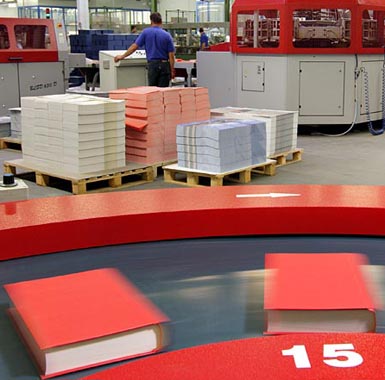
Every printed item such as leaflets, calendars, magazines, brochures, paperbacks and casebound books are bound in-house. Binding line facilities include automatic folding, gathering, wire-stitching, thread stitching, cased bookbinding and perfect binding. Automatic packing lines provide the finished product ready for despatch. August/September 2018: we have installed 2 new folding machines, 1 new paper-binding machine and 1 new casing-in machine.
To find out more about our finishing equipment, download the technical data in pdf format.